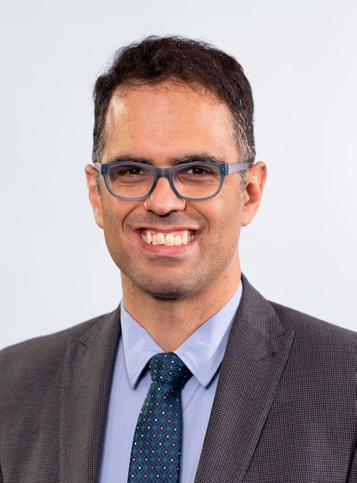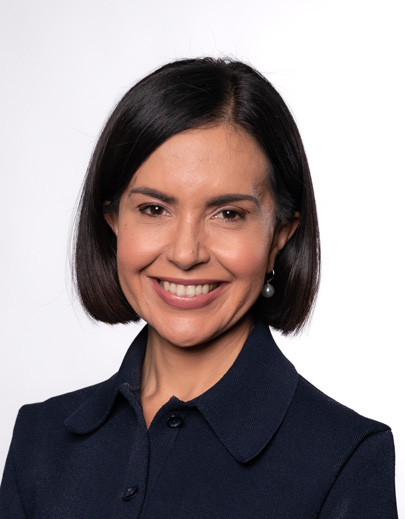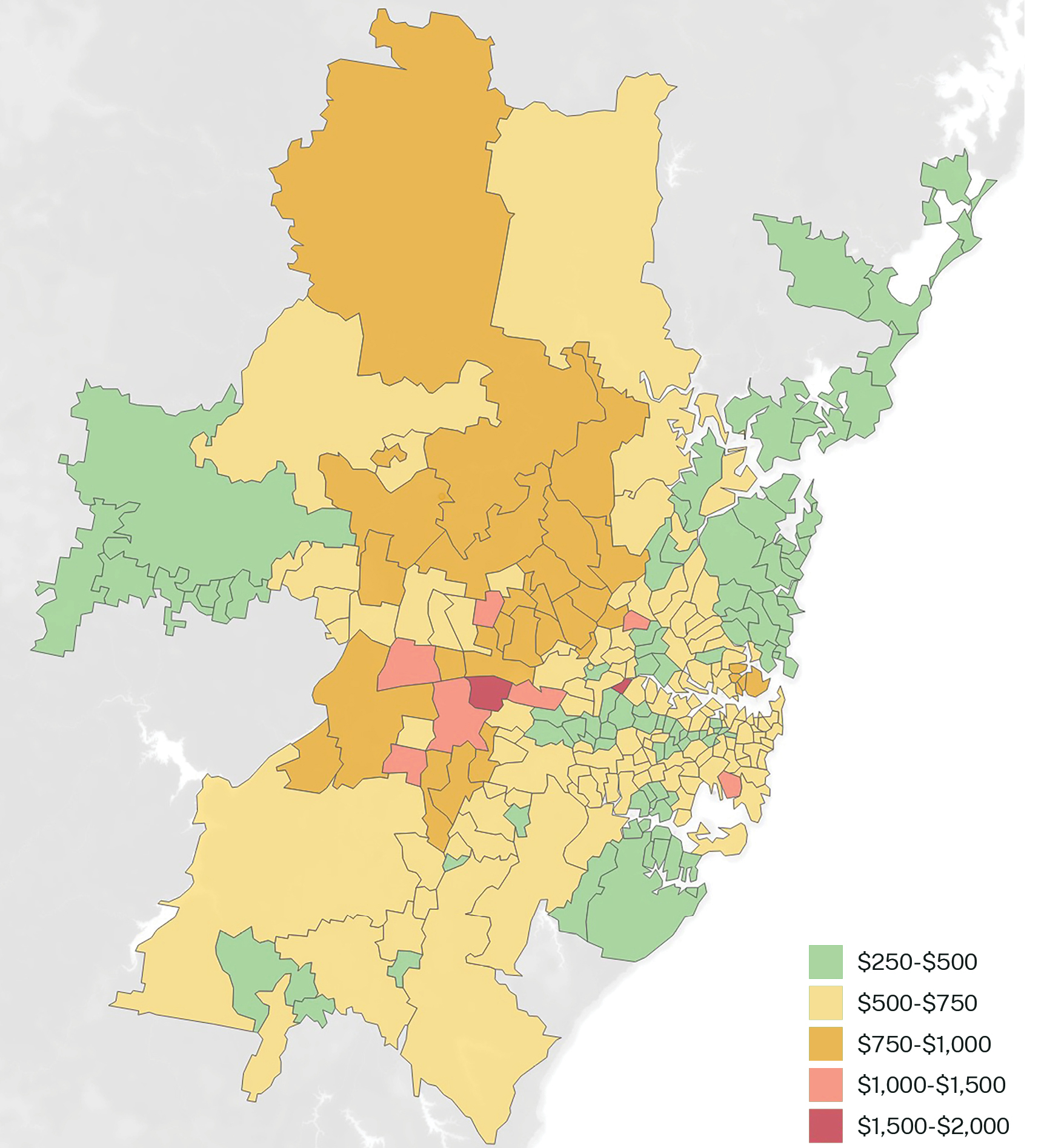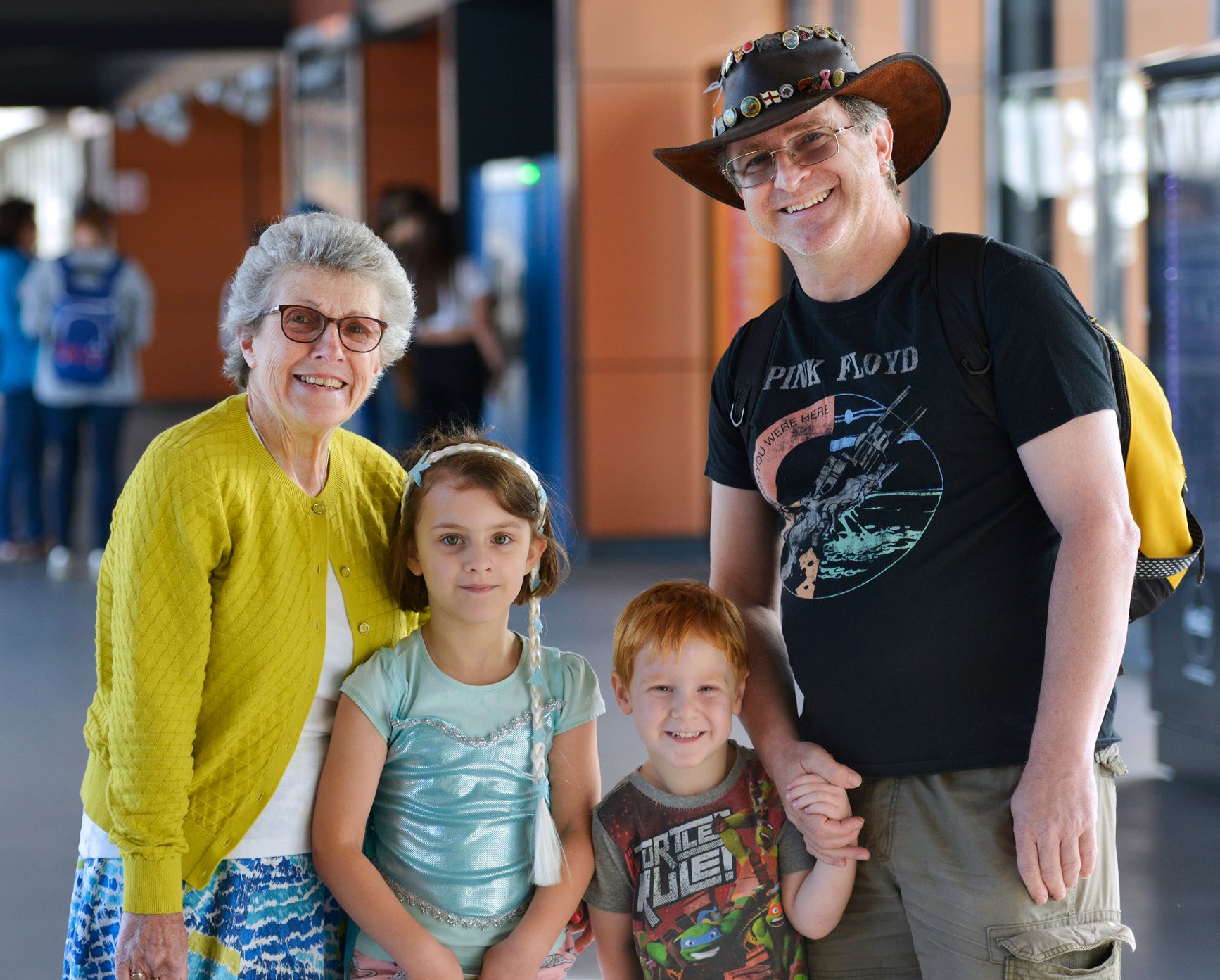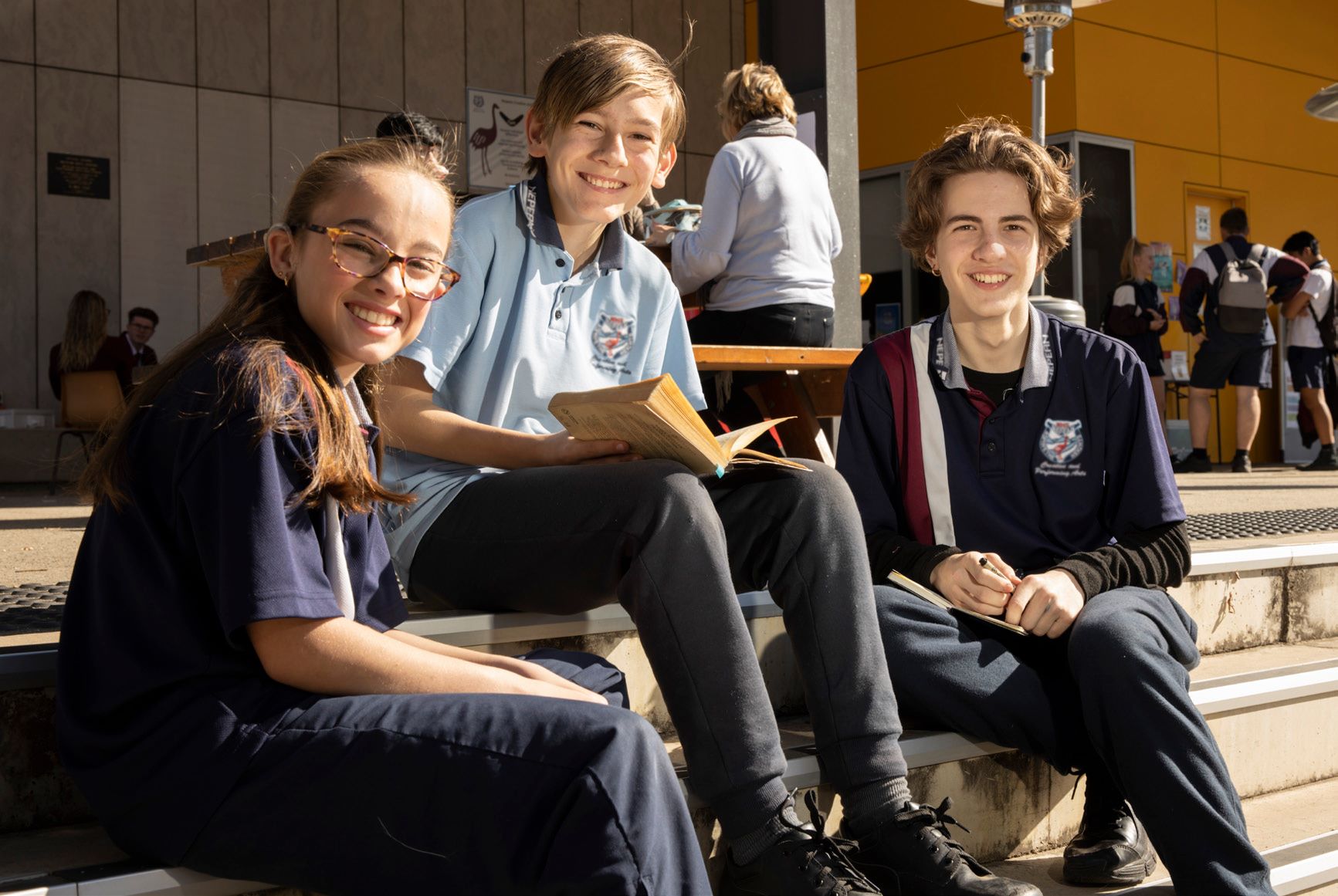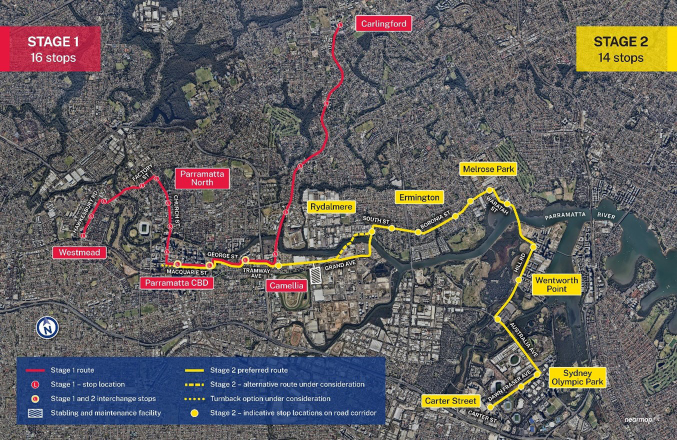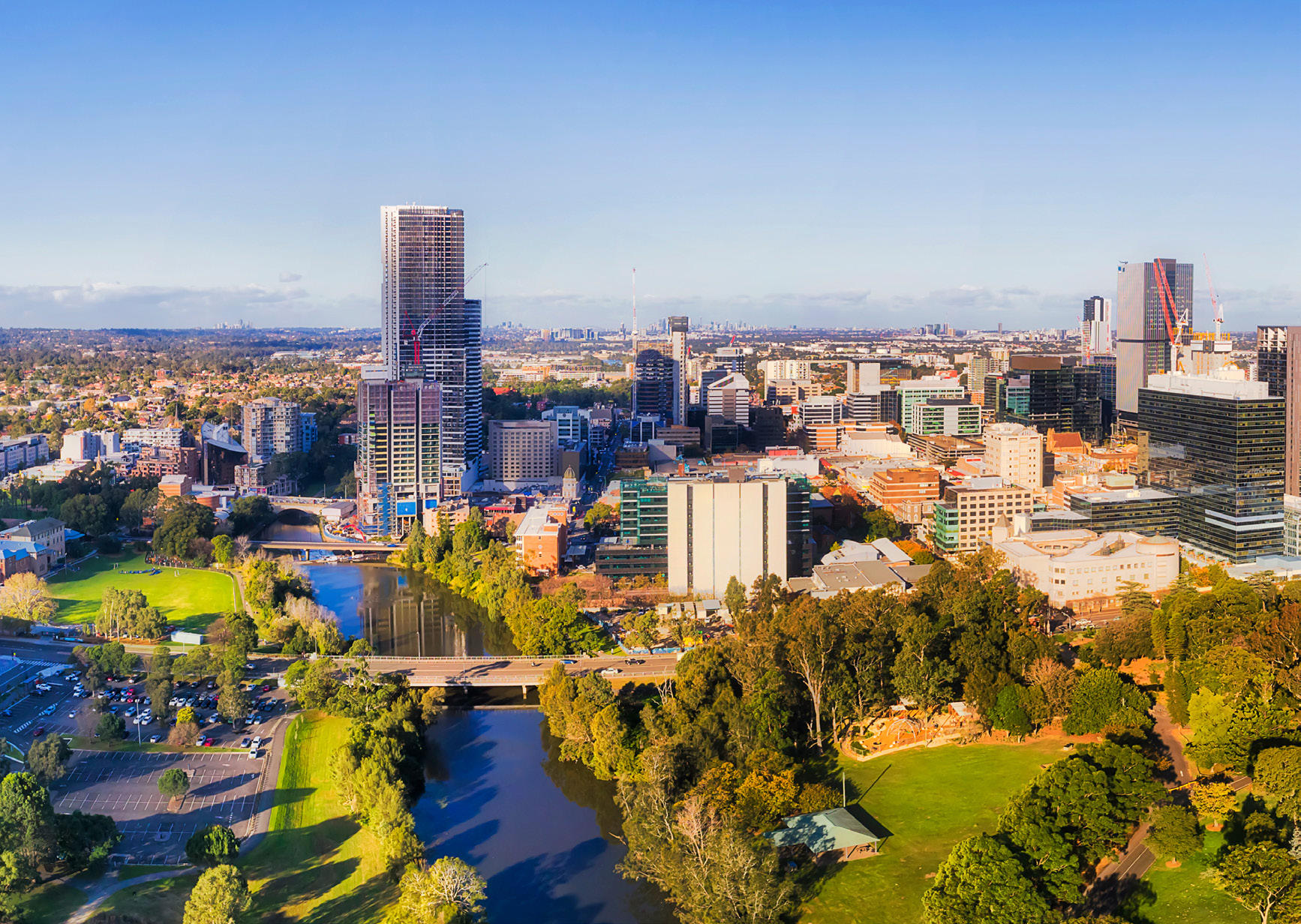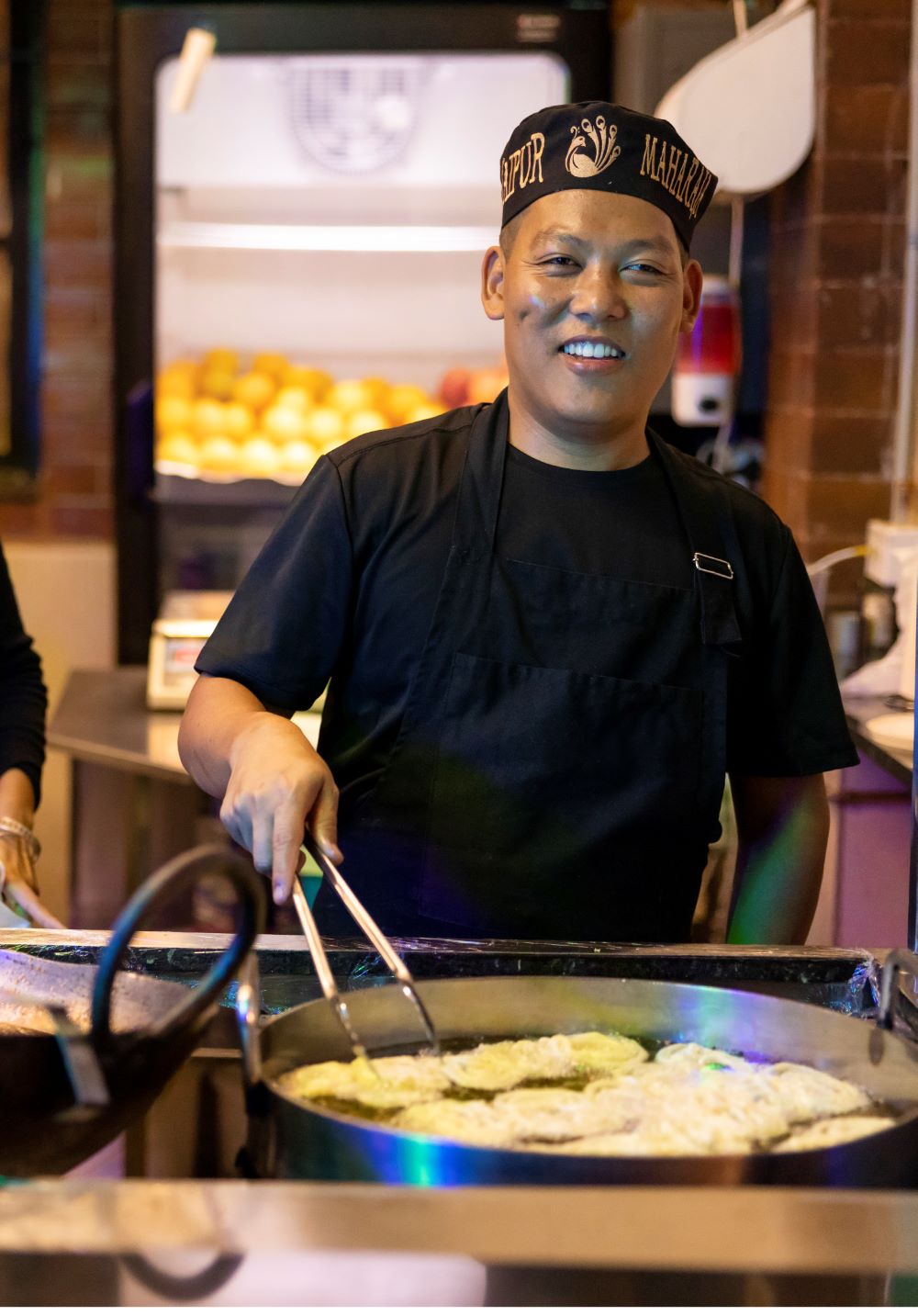The Government is reprioritising its spending to provide the immediate support people need today while also investing in a long-term plan to rebuild essential services. This Budget includes a pipeline of upgrades and new builds for hospitals, schools, and transport to ensure Western Sydney residents have the access to the essential public services that they expect and deserve.
Improving health services
Everyone in New South Wales deserves world class healthcare. Data from the Bureau of Health Information shows that almost 53,000 patients presented to emergency departments across the Western Sydney Local Health District between April and June 2023. The data also reveals that these patients are facing long wait times in emergency departments, with just 42 per cent of patients starting their treatment on time.
To deliver better healthcare, we need to respect and reward nurses, paramedics, and healthcare workers in our hospitals and health facilities.
This Budget invests $419.1 million for an additional 1,200 nurses. It also commits $572.3 million over three years to enable 1,112 full-time equivalent nurses and midwives whose positions were funded temporarily to June 2024 to be made permanent. These commitments will improve the experience of nurses, midwives, and patients in the NSW health system.
The NSW Government is investing a landmark $3 billion in the 2023-24 NSW Budget for new and upgraded hospitals across greater Western Sydney, one of the largest investments in Western Sydney health infrastructure in history. This will include 600 new hospital beds across Western Sydney.
This Budget includes an additional $400.0 million for the expansion of the scope of the $700.0 million Rouse Hill Hospital development – the first brand-new adult public hospital to be built in Western Sydney in more than 40 years.
We will expand Fairfield Hospital to deliver more beds, increase the capacity of emergency and critical care services, and expand other hospital and community health services through an investment of $550.0 million.
The Nepean Hospital and Integrated Ambulatory Services (Stages 1 and 2) Upgrade will improve access to innovative, effective, and welcoming health services for people in Western Sydney and the Blue Mountains, through an investment of $339.4 million over four years to 2026-27, as part of a broader $1.0 billion project.
Canterbury Hospital will undergo its first major development since 1998, at a cost of $350.0 million. We will also deliver additional beds at Blacktown and Mt Druitt Hospitals, through an investment of $120.0 million.
The redeveloped Liverpool Health and Academic Precinct will become a hub for innovation and medical research in southwestern Sydney, through an investment of $343.0 million over four years to 2026-27, as part of a broader $740.0 million project. The increased hospital capacity will be critical for meeting the needs of the growing population in Liverpool and the surrounding communities.
We will deliver additional clinical services at Macarthur as part of the Campbelltown Hospital Redevelopment Stage 2: Mental Health and southwest Paediatric Service through an investment of $53.5 million in 2023-24, as part of the broader $632.0 million redevelopment.
The additional clinical services at the Macarthur site, which are currently coming online, will deliver enhanced paediatric and mental health capacity, improve pedestrian and vehicle access, and provide more local employment opportunities.
The Children’s Hospital at Westmead Stage 2 Redevelopment will ensure that the hospital continues to be a world leader in providing paediatric services for children locally and across the State, through an investment of $454.4 million over four years to 2026-27, as part of a $619.0 million project.
The Integrated Mental Health Complex at Westmead will enable mental health services currently located at Cumberland Hospital West Campus to relocate to a new, purpose-built facility in the Westmead Health Precinct, connected to Westmead Hospital, through an investment of $409.0 million over four years to 2026-27, as part of a $460.0 million project.
We have allocated $25.0 million to plan for the redevelopment of the Blue Mountains Hospital.
The New Bankstown Hospital will also support the growing population of the southwestern Sydney region, through an investment of $1.3 billion.
